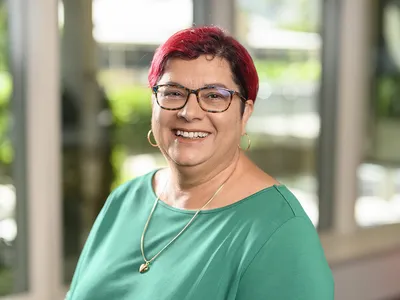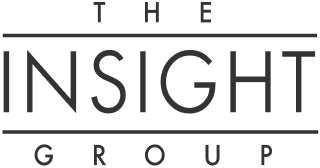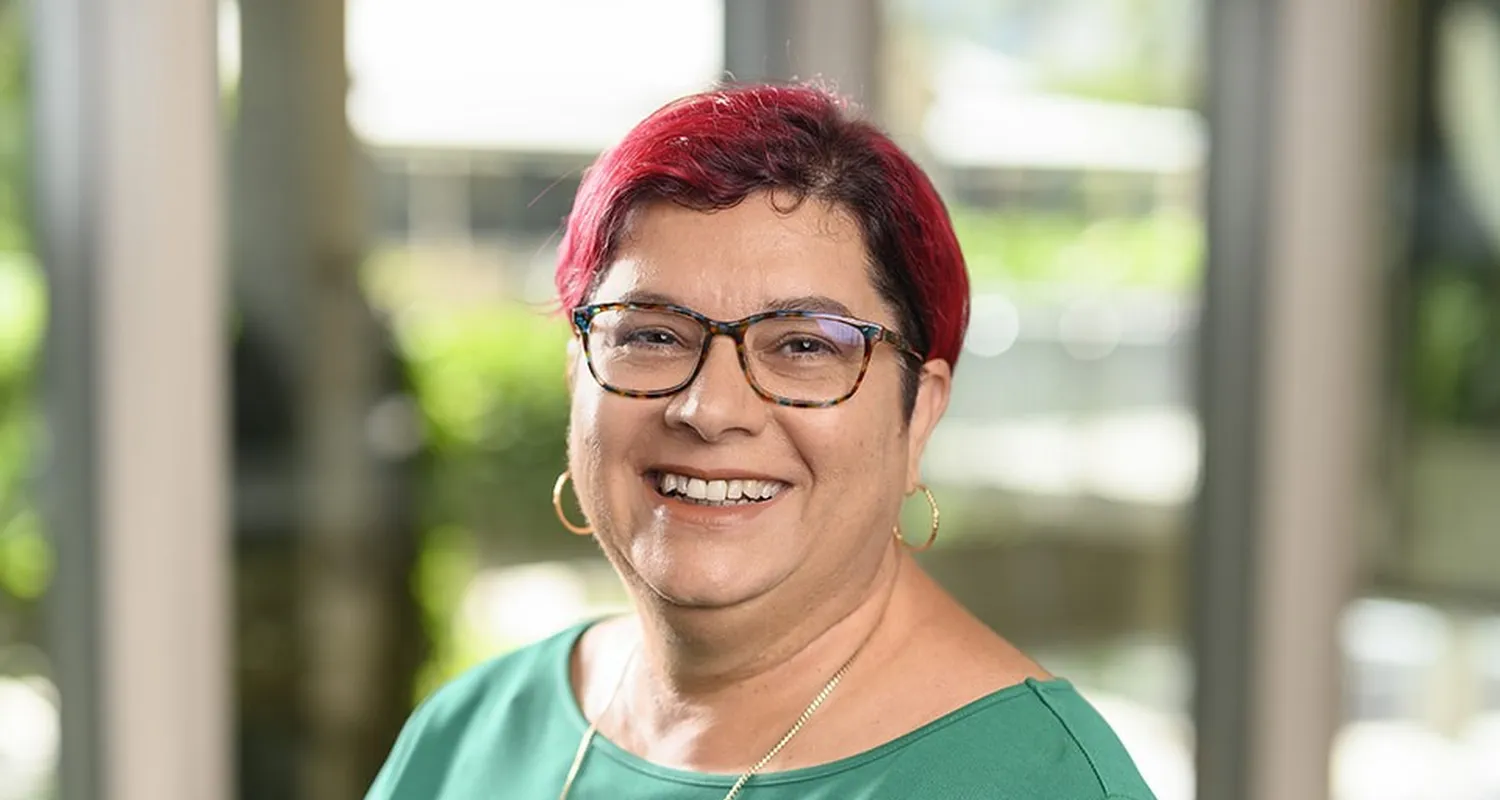1
What do you see as the greatest challenges facing universities as they strive to better engage with the Aboriginal and Torres Strait Islander community?
I think historically universities would acknowledge that they have struggled to engage with many communities outside their front door, so in this respect the Indigenous community is no different. Probably the biggest challenge I see is the need to shift thinking from seeing Indigenous Australians as ‘people to be known’ to ‘the knowers’. Too often the focus has been ‘can we study you’. It needs to be one of ‘how can we work together’, i.e. much more one of equal partnership.
2
Where is progress being made and where are we treading water?
Indigenous Australians are now holding senior roles in academia – this is great progress. There are Indigenous PVC and DVC roles, and hence there is an Indigenous voice on University executive. The governance model is changing and this is very positive.
The most significant challenge remains the small number of Aboriginal and Torres Strait Islander academics. We need to get much more serious about this. This means a greater focus on scholarships and support.
3
What lessons can we learn from overseas?
In New Zealand there is much more of an automatic focus and thought about the indigenous community. The ‘Maori perspective’ is much more embedded. The challenge is that in Australia we have over 250 different Indigenous languages and clans, whereas in New Zealand there is one major Maori language and epistemology which makes things easier. I think there are things we can learn from New Zealand but not just replicate.
4
What do you think are the greatest challenges facing indigenous leaders in today’s Australia and how are they different to a couple of decades ago?
I actually don’t think they are very different from 20 years ago. While we have Indigenous Australians in more senior roles in government, education, health and business it is still necessary to be ‘courageous’, even when this might have negative implications for our careers and workplace relationships. Racism which exists is more covert, and this can sometimes be more challenging to deal with than overt racism.
5
What can leadership styles of Indigenous communities teach non-Indigenous Australian leaders?
Actually, different Indigenous communities across Australia have different ways of leading. However generally, Indigenous leadership is one which focuses on what is good for the collective or country rather than the individual. Also, you often see Indigenous leaders building and encouraging others to move forward, and at the same time being courageous and strong when needed. I certainly think the concept of leading for all is one that we can be reminded of.
6
Who have been the leaders that have inspired you in your career?
Two people in particular: Jody Currie, CEO of the Aboriginal and Torres Strait Islander Community Health Service in Brisbane; and Leesa Watego, a leading Queensland business woman and founder of the Deadly Bloggers. They are strong principled women and inspirational for what they have done in Queensland over many years. They are always focused on what is in the best interests of the Aboriginal community.
I also admire those non-Indigenous leaders who create authentic space for Indigenous Australians, sometimes to their own detriment. We need more of them!

About Angela Barney-Leitch
Angela Barney-Leitch is a Woppaburra Guami Enkil whose country is the Keppel Islands off the coast of central Queensland, Australia. Prior to joining QUT, Ms Barney-Leitch was the Director of Indigenous Policy and Strategic Innovation for the Queensland Department of Education.
She has been the Chair and Queensland representative on the National Aboriginal and Torres Strait Islander Education Advisory Group, where she provided strategic policy advice to the National Education Council.


